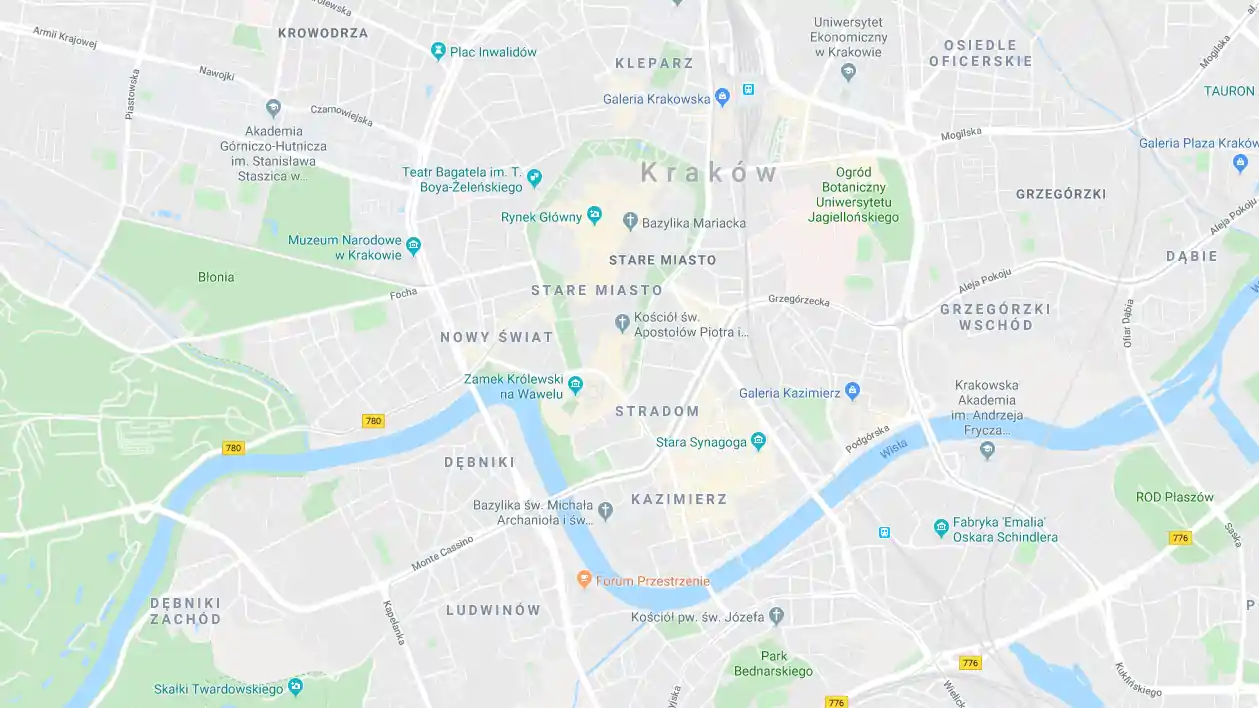Camaldolese Monastery in Bielany Kraków
Al. Konarowa 1, 30-248 Kraków
Tourist region: Kraków i okolice
The monks were brought to Kraków in 1603 by the Grand Crown Marshal Mikołaj Wolski, who also sponsored the construction of the monastery and whose remains have rested in the church crypt since 1630. The church and the hermitage were erected between 1604 and 1630 according to a design created by the best Italian architects. It was visited by Polish kings, including Władysław IV Vasa, John Casimir during the Swedish Deluge and John III Sobieski before his expedition to Vienna.
The monastery complex consists of a church, two courtyards – the northern courtyard with a 70-metre deep well surrounded by monastery buildings with a refectory and a kitchen, and a southern courtyard with a guest house and the founder's apartments. The Church, with three towers – the third one located in a quite unusual spot – is surrounded by eleven chapels. Under the chancel, there is a chapel and a crypt where the remains of the deceased monks are walled up for 100 years. After mummification, they are transferred to a common tomb. A chapterhouse and vestry are adjacent to the chancel.
The interior is decorated with rich stucco, created in the studio of Giovanni Battista Falconi. The chancel holds the painting of the Assumption of the Blessed Virgin Mary by Michał Stachowicz. The image of Our Lady, painted in the 17th century by the Camaldolese Father Venantius da Subiaco, is a particularly unique and special monument. The Royal Chapel features paintings by Tommaso Dolabella, the court painter of the Vasa dynasty. The monastery library contains a valuable book collection of over 11,000 volumes.
The monastery complex is surrounded by a vast forest with hanging gardens, alleys and places for contemplation. The site is surrounded by a wall, spanning several kilometres. The uniqueness of the complex is particularly visible at night when it is illuminated.
The Camaldolese Order is a monastic hermit order, where monks live by the strict rule of St Benedict. Silent monks live in modest hermit houses with gardens, while some live in cells in the monastery. They do not visit each other, meeting only during mass, prayers and a few meals a year. The life of a monk focuses on work, prayer, reading, contemplation, penance, fasting, solitude, lack of access to any media and silence. Their habits are white and have hoods, and their day starts at 3:30 in the morning.
